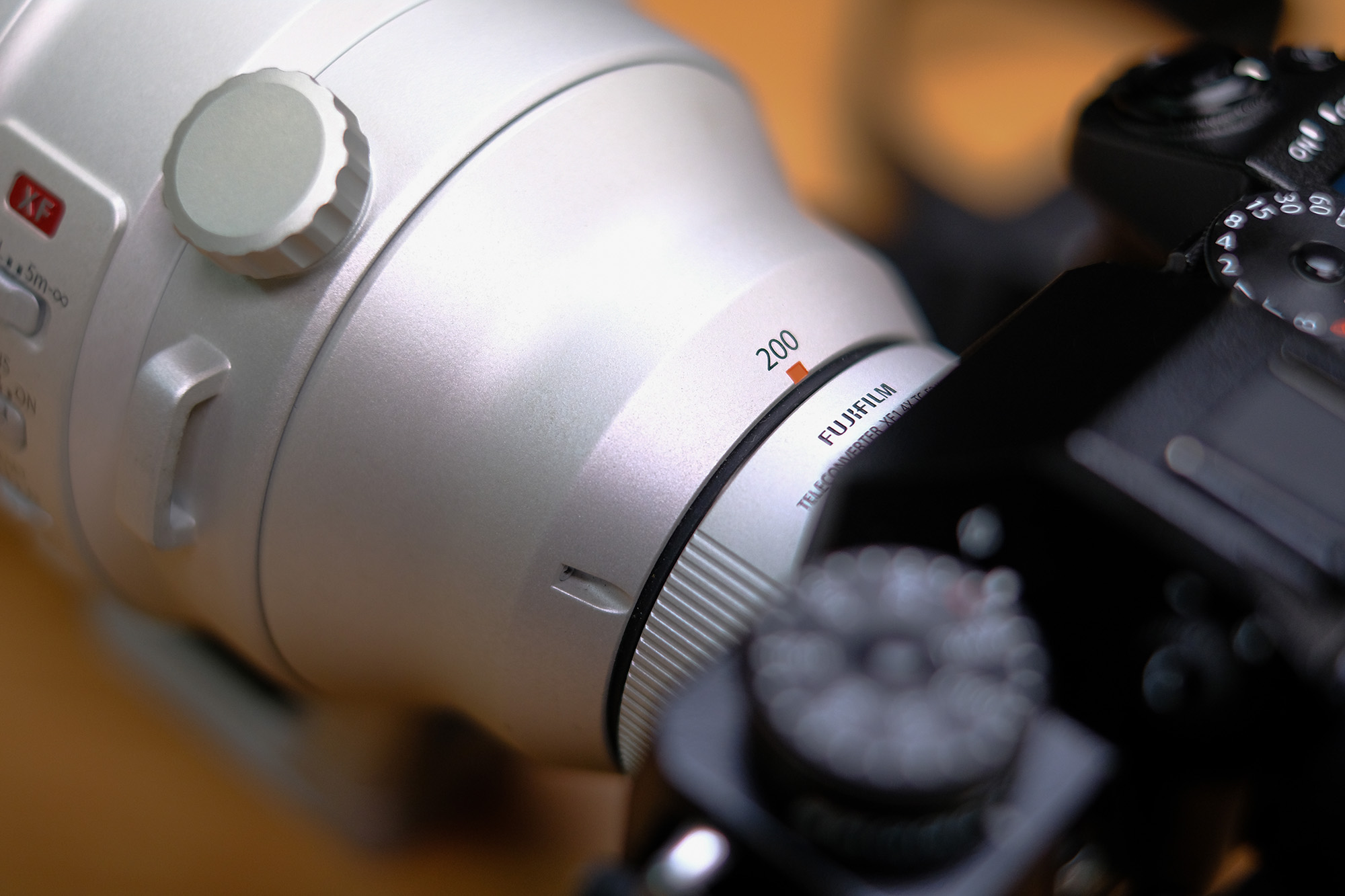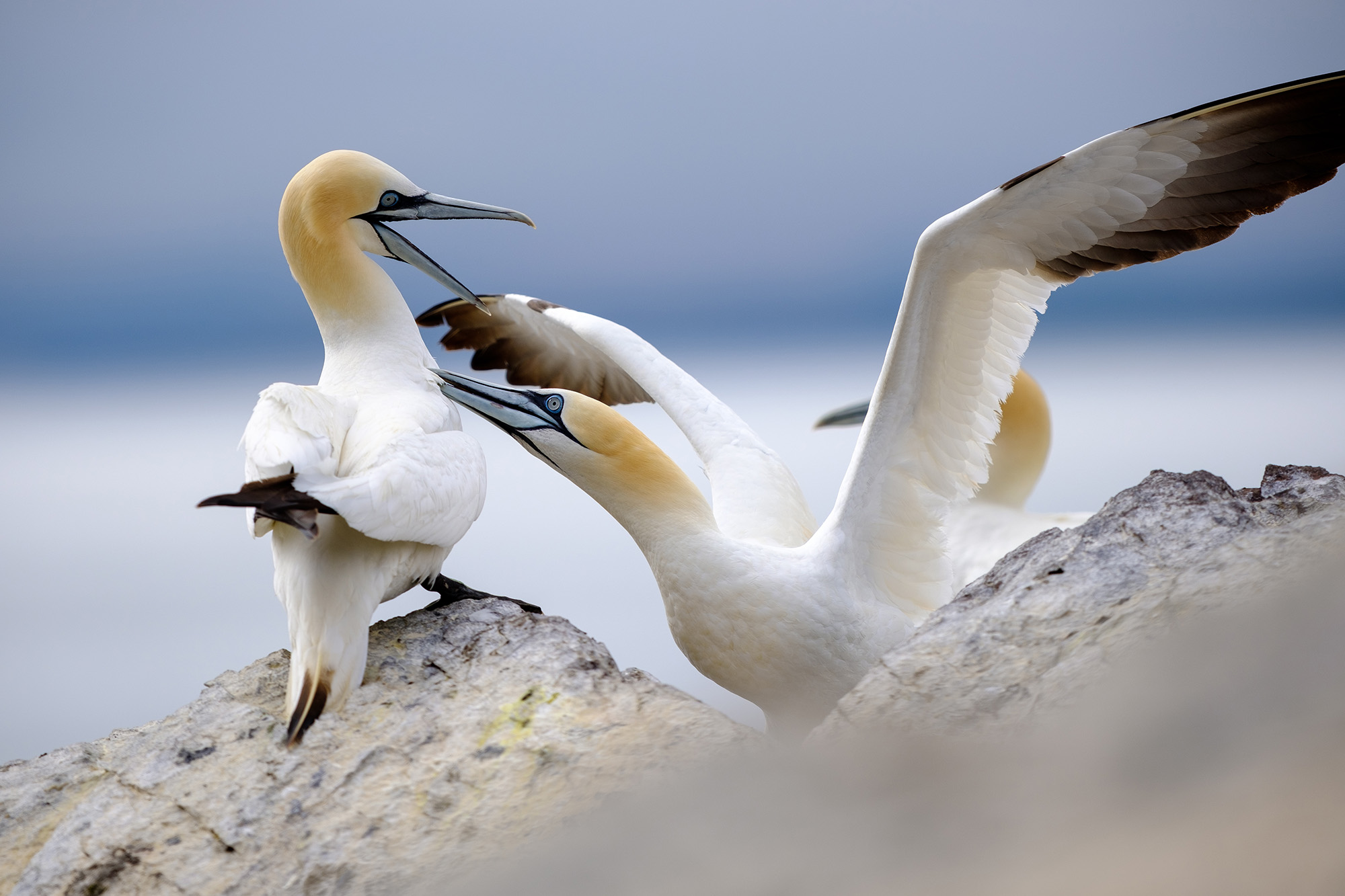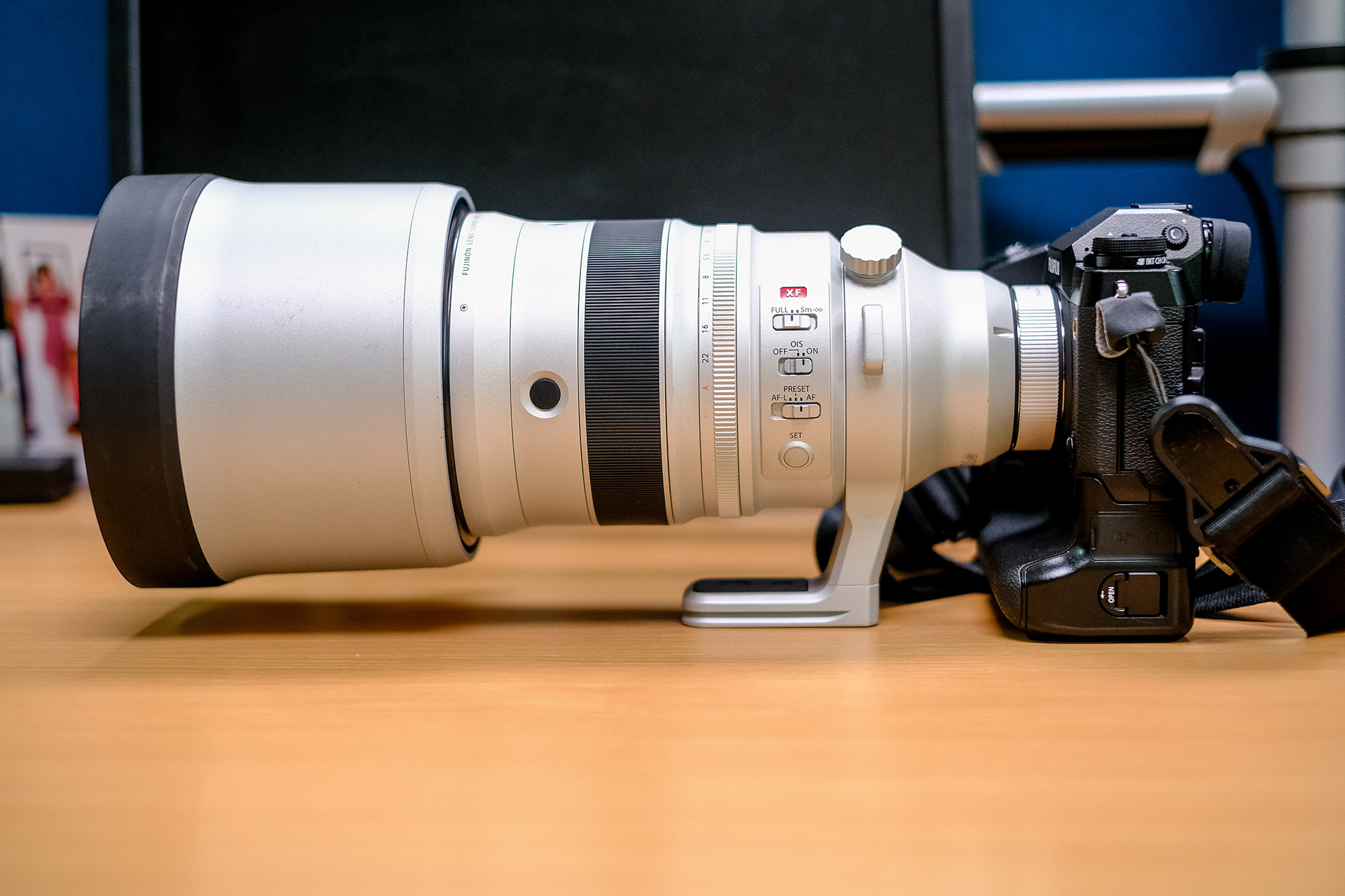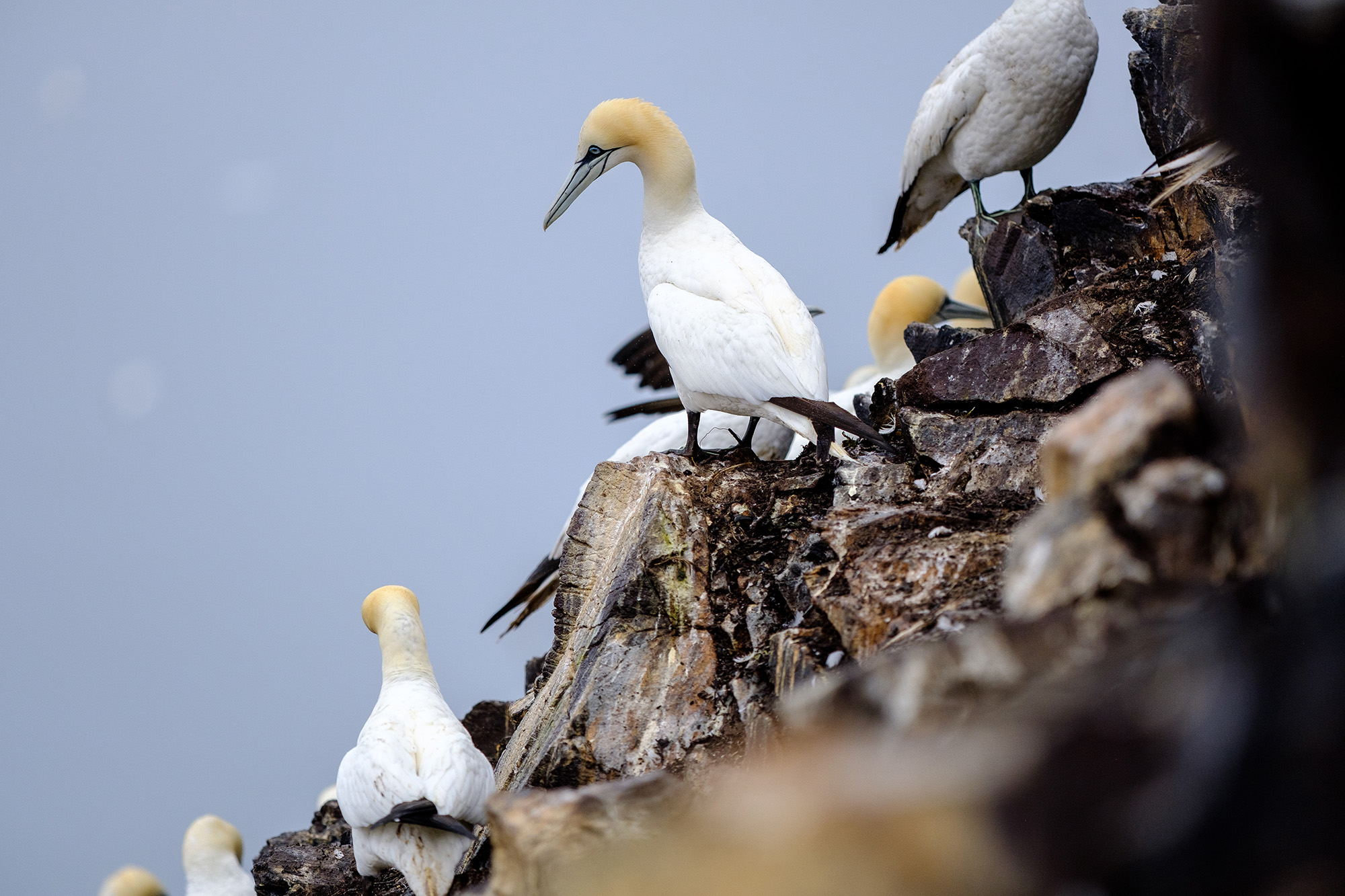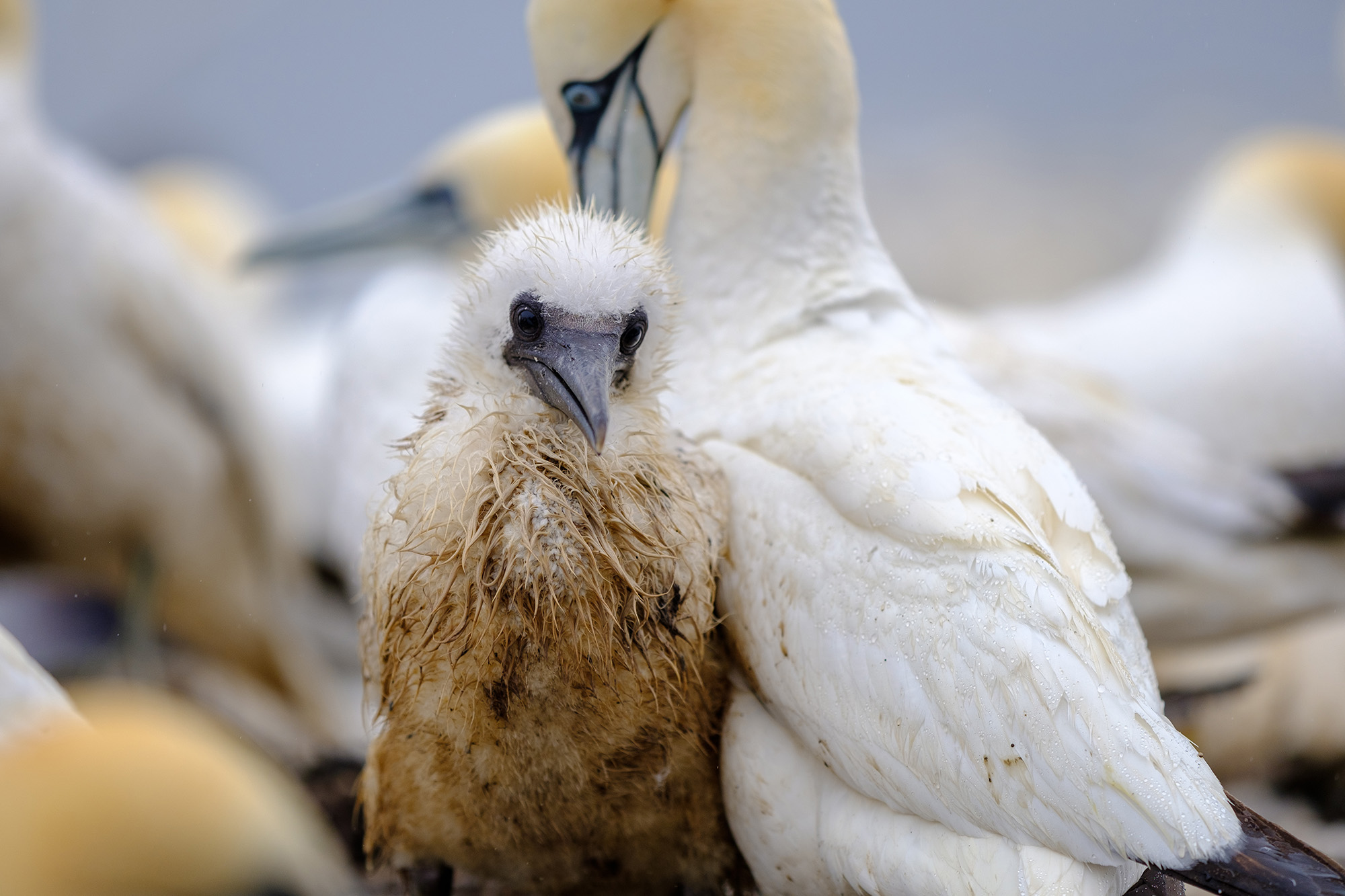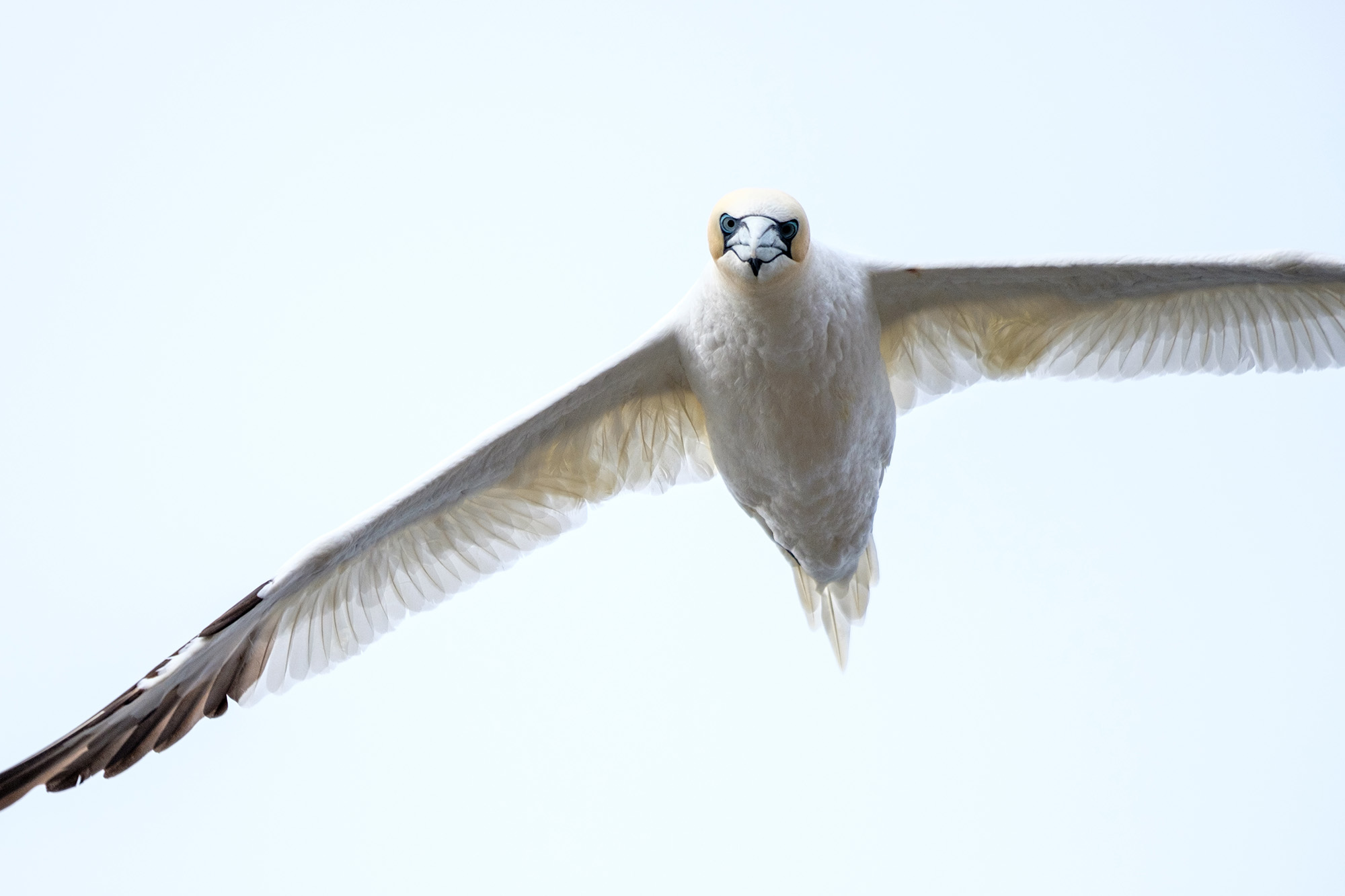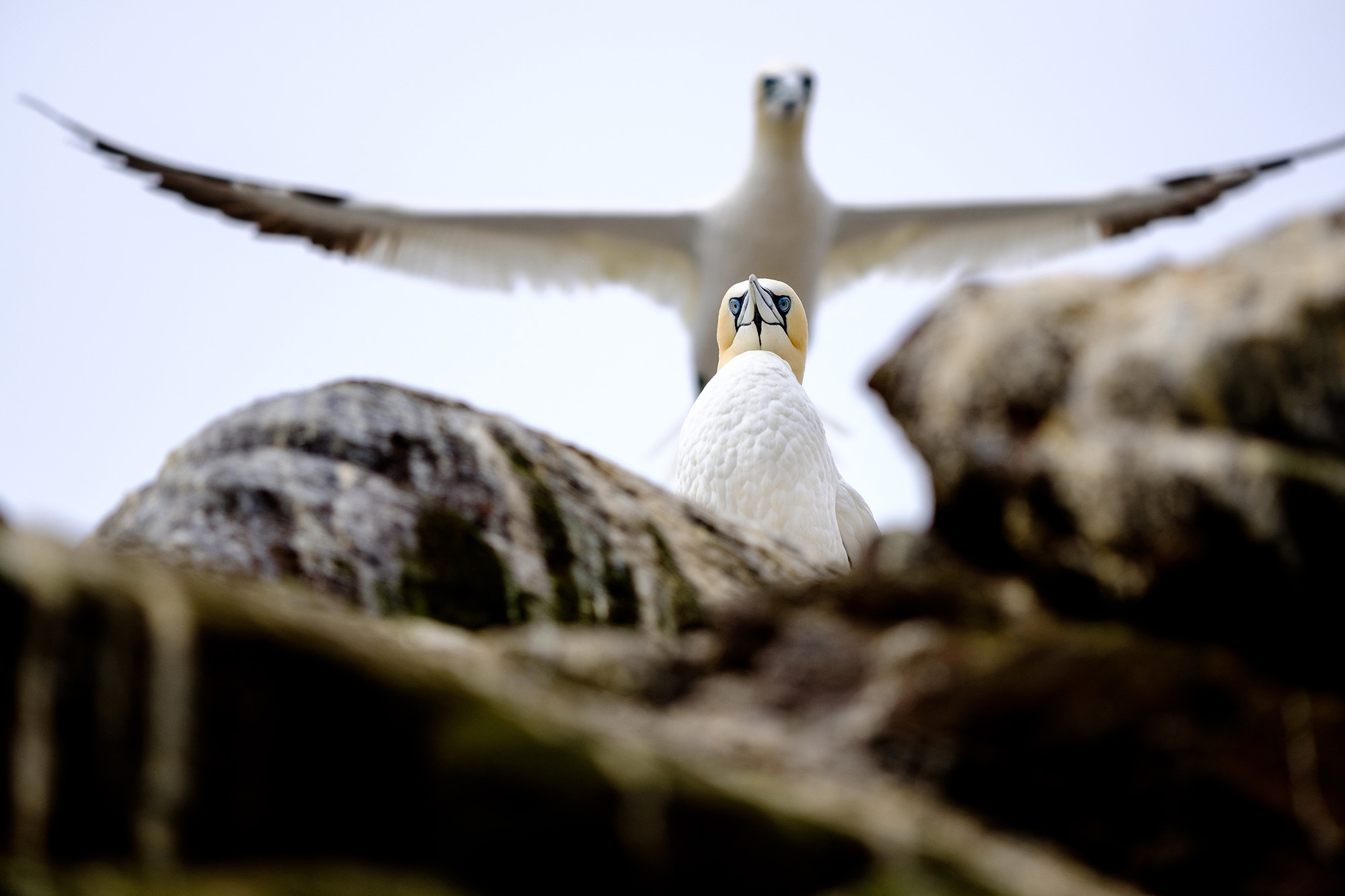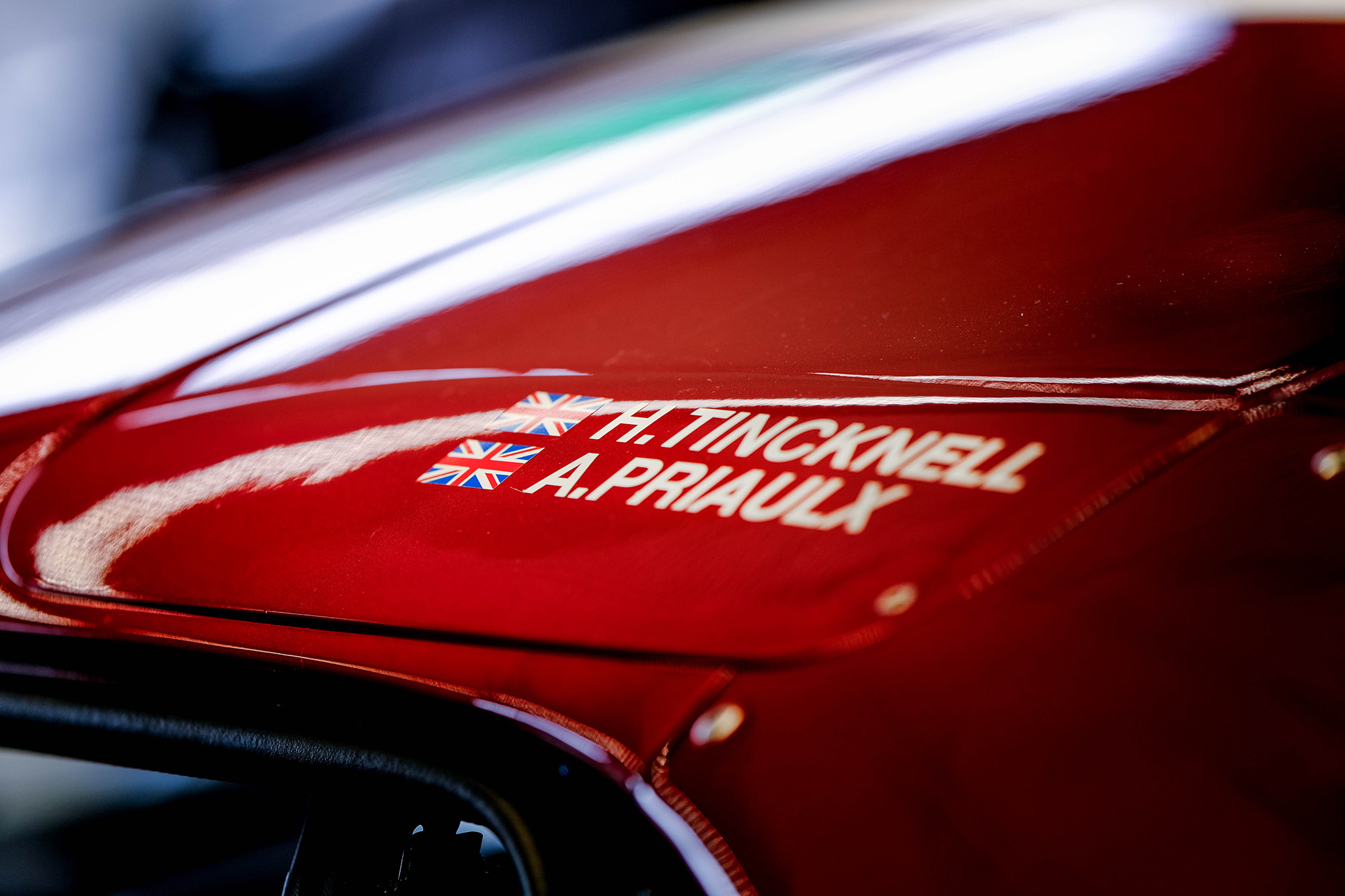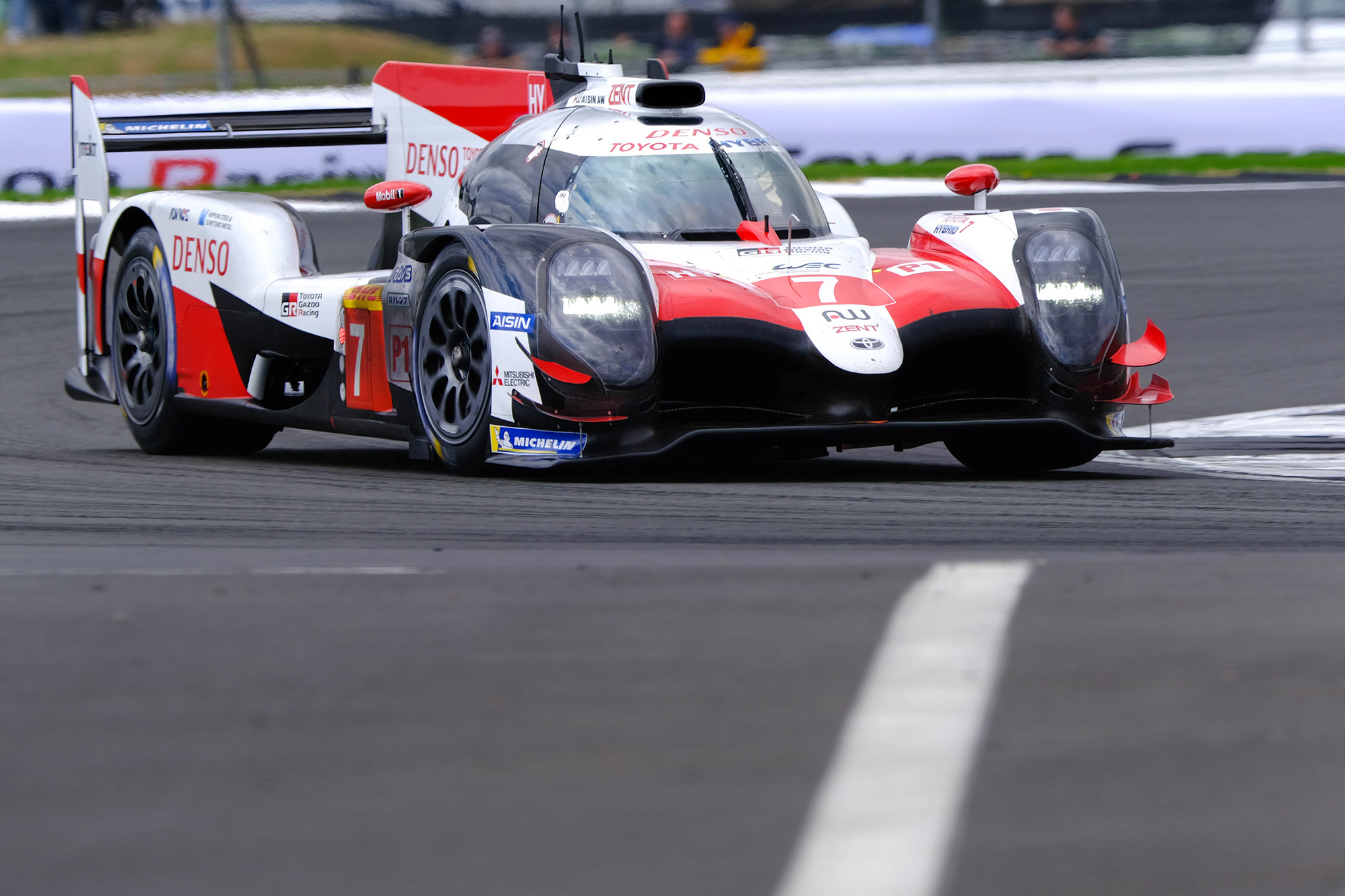As a sports photographer I have been waiting in anticipation of the new Fujinon XF200mmF2 for three years. In October 2015 I sat in a meeting room in Fujifilm HQ in Tokyo and explained to the product development team why Fujifilm needed to produce a fast telephoto prime lens.
I had been asked to test the prototype of the XF100-400mm zoom lens the following weekend at Fuji Speedway at the World Endurance Championship event and it was a very nice addition to the Fujinon line up, However I, and many other X-Photographers, still underlined the need for a fast telephoto prime lens with the powers that be at Fujifilm.
So why do we need a fast telephoto prime?
There are two main reasons for wanting a fast aperture when shooting sport and wildlife. The first reason is to keep the shutter speed at an action-freezing level, while at the same time keeping the ISO as low as possible. I will give you an example.
I shoot international rugby at Murrayfield in Edinburgh. Under the floodlights the lighting can be challenging, with a maximum aperture of f/5 at around 300mm on the zoom range. To maintain a shutter speed of 1/1000, I need to set the ISO at 4000 to 6400 depending where the ball is on the field.
Now the other photographers are shooting on their 300mm and 400mmF2.8 lenses with a 2 stop advantage, so they can maintain a shutter speed of 1/1000 but only have an ISO of 1000 to 1600, so their shots are cleaner. Don’t get me wrong, the X-Trans III sensor is pretty good at handling high ISO settings but if I could shoot at 800 to 1600, that would be much better.
The second reason for a fast aperture prime is the background separation from your subject. Look at any action images used on a Monday morning in the sports pages and you will see the subject isolated against a blurred background. Again, the XF100-400mm does throw the background out of focus but not to the same extent as a 400mmF2.8.
Hands-on testing of the Fujinon 200mmF2
When Fujifilm announced the XF200mmF2, I couldn’t wait to get my hands on it for a test, and I have since been able to use it at the 24 Hours of Le Mans in June and again this month for the third round of the FIA World Endurance Championship at Silverstone, as well as on a trip out to the gannet colony on Bass Rock for a wildlife project I am working on for the Scottish Seabird Centre.
The 200mm is the equivalent of a 300mm in full frame terms and the f/2 maximum aperture gives a one-stop light-gathering advantage over my old Nikon 300mmF2.8.
The Fujinon comes bundled with a 1.4x converter that is matched to the lens to bump the focal length up to 280mm or 420mm in full frame terms, the perfect focal length for sport and wildlife. There is a loss of one stop of light making the maximum aperture f/2.8, but there is no loss in image quality of AF performance on the X-T2 or X-H1 I use on a daily basis.
The 200mm is a big lens but surprisingly not as heavy as you would imagine. I suppose it is all relative as a Nikon or Canon 400mm is a heavy beast (though the latest versions are so much lighter than their predecessors) and the Fujinon is lighter for the same pulling power. The lens is also well balanced on the X-T2 and X-H1 but I do recommend having a battery grip on the camera as a counter balance, as well as increasing the performance of the camera by selecting ‘boost’ on the grip.
The colour of the lens is growing on me. I like black lenses as they are stealthy, but with a 105mm front element and a long barrel you are not going to be stealthy with this lens bolted onto the camera. I am glad Fujifilm decided against white, as a certain other camera manufacturer that is favoured by sports photographers has white lenses, so the silver finish gets the thumbs up from me.
Because I was using a pre-production lens, the 200mm didn’t have the green band on the lens hood or ‘FUJIFILM’ emblazoned on it. Again the jury is still out for me on the green band, I think I like the lens in the colour scheme I used.
So the Fujinon XF200mmF2 looks the part but can it deliver the image quality?
Autofocus performance
The biggest concern was whether the AF system on the X-T2 and X-H1 could cope with the big chunk of quality Fujinon glass it had to drive quickly and accurately in a fast moving environment like motorsport.
Well we needn’t have worried; the AF was quick and accurate with or without the 1,4x converter fitted. I can follow-focus a car travelling in excess of 175mph and it can also follow a bird in flight with ease.
The only slight downside I found when testing was the batteries were draining slightly faster when using the 200mm. This should not be a huge surprise to anybody as the OIS is brilliant, making handholding the lens a doddle, and the AF is working hard to drive all that extra glass. The payoff is an increase in battery drain. I always carry plenty of spare batteries anyway so I didn’t really have a problem with this. Also, I was still getting over 400 shots per battery, which is still better than the spec sheets give you and not a significant difference when shooting with other lenses trackside.
Image quality
So the 200mm lens can autofocus accurately and the OIS keeps everything steady, but is the image quality up to scratch? Well ‘yes’ is the short answer. The image quality is just stunning, but then it would be a huge disappointment if it wasn’t. This is a Fujinon lens after all and the biggest reason I switched totally to Fujifilm in 2014 was the quality of the XF lenses coupled to the film-like quality of the X-Trans sensor.
The XF200mm is bitingly sharp, even when shooting wide open at f/2. The bokeh is smooth and the subjects just jump off the screen when shooting at wide apertures. Look at the images I have posted to illustrate this article and you will see immediately that is a very different lens to the 100-400mm zoom. I am not saying the 100-400mm is a bad lens. Far from it, in fact, since I have been using it professionally since the end of 2015, but the XF200mm is the lens I, and my fellow professionals, have been waiting for.
High performance but at a price
Now at £5399 / $6000 this lens is not cheap but the performance more than justifies the high price tag, especially when you compare it to similar lenses from the other manufacturers.
Also, remember this lens comes bundled with a 1.4x converter, so that means you get two lenses for the price of one – a 300mmF2 and a 420mmF2.8 equivalent lens. You are certainly getting a lot of lens for your money.
Conclusion
The XF200mmF2 is one lens that will definitely be in my camera bag when production finally gets up to speed, and I can highly recommend this for anyone shooting sport or wildlife with the X-T2 or X-H1.
PLEASE NOTE: All of the images here were taken on a pre-production model XF200mmF2 and not a final production version.

Shooting the birds in flight against a busy background is a good test for the accuracy of the AF system – – Fujifilm X-T2 + XF200mmF2 + 1.4x converter

Porsche Works Driver, and world GT championship leader, Michael Christensen (DNK) on the grid before the race – Fujifilm X-T2 + XF200mmF2
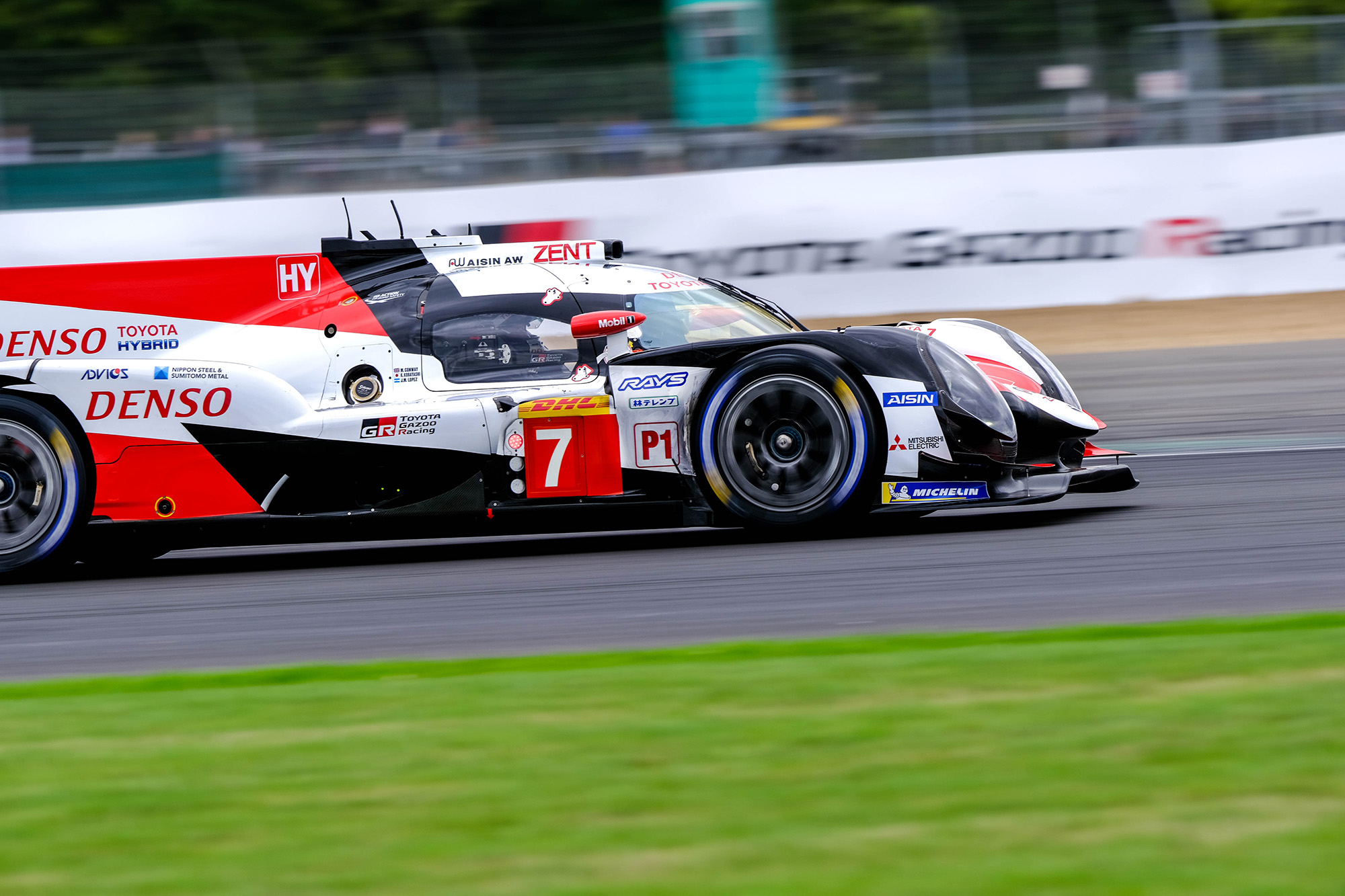
Kamui Kobayashi (JPN) leads the 6 Hours of Silverstone in the no7 Toyota Gazoo Racing TS050 Hybrid – – Fujifilm X-T2 + XF200mmF2 + 1.4x converter

Fernando Alonso (ESP) in the no8 Toyota Gazoo Racing TS050 Hybrid – Fujifilm X-T2 + XF200mmF2 + 1.4x converter


